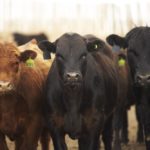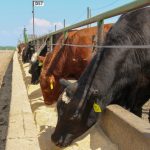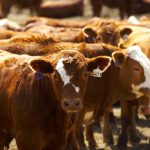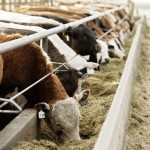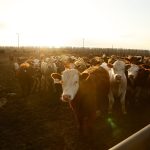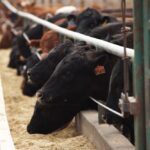For the week ending Nov. 25, western Canadian yearling prices were $4-$8/cwt lower compared to seven days earlier. However, calf markets were firm trading $5-$8/cwt on either side of unchanged compared to values quoted a week prior. Optimal weather in southern Alberta caused major feedlot operators to stretch their hands across the Prairies. At the[...]









